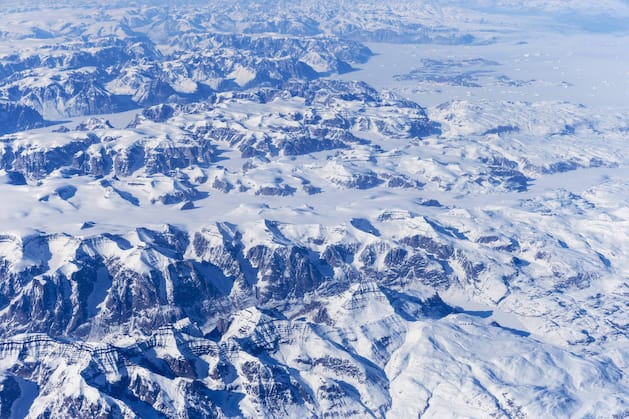Global warming is becoming increasingly clear. According to the latest findings, the period between 2001 and 2011 was the warmest decade in Greenland for a thousand years.
According to the findings of experts, global warming in Greenland is progressing significantly. The ten-year period between 2001 and 2011 was the warmest decade in North and Central Greenland for a thousand years, the Bremerhaven Alfred Wegener Institute (AWI) announced on Wednesday, citing research work published in the journal “Nature” under its own direction. Temperatures and melting rates were analyzed using ice cores dating back to the year 1000.
Compared to the last century, the region in the high altitudes of the massive Greenland ice sheet has already warmed by one and a half degrees, the AWI said. The ice shell on Greenland is therefore considered a potential so-called tipping point in the Earth system due to its huge volume of three million cubic kilometers, should it melt due to global warming.
“The warming in the phase between 2001 and 2011 clearly differs from the natural fluctuations of the last thousand years,” explained AWI expert and first author of the study, Maria Hörhold, on the results of the analysis of the ice cores. “While we feared that in light of global warming, the clarity and conciseness is unexpected.”
According to AWI information, the proven increase in temperature on the more than 3000 meter thick ice sheet in the interior of Greenland is also directly related to the runoff of meltwater from the coasts into the sea. The researchers therefore measured the concentration of certain oxygen isotopes in the ice, which varies depending on the temperature. According to the AWI, this resulted in a long-term analysis of unprecedented quality.
